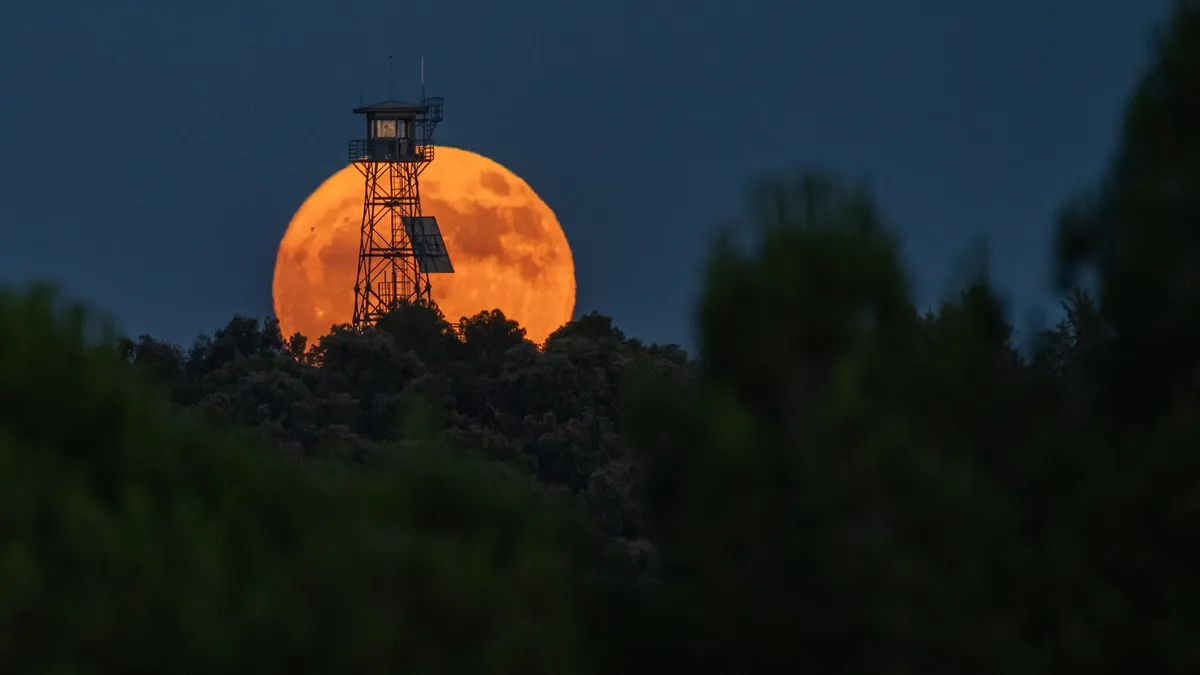
Stargazers, get ready for an enchanting astronomical display! The full Strawberry Moon is set to rise, marking not just a significant lunar event but also the final full moon of spring in the Northern Hemisphere. This year's Strawberry Moon will be particularly special as it is the lowest full moon of the year visible from the northern hemisphere and one of the farthest from the sun.
The full moon will officially reach its peak at 3:45 a.m. EDT on Wednesday, June 11. However, to truly enjoy this lunar spectacle, the best time to view it will be on the evening of Tuesday, June 10, when it rises during dusk. This timing allows for optimal visibility, making it a perfect opportunity for photographers and moon enthusiasts alike.
As you gaze at the Strawberry Moon, look to its upper right to spot Antares, a brilliant star located 550 light-years away in the constellation Scorpius. This pairing of the moon and Antares will create a breathtaking scene for anyone watching the sky.
June's full moon is traditionally one of the lowest in the sky when viewed from the Northern Hemisphere. This phenomenon occurs because a full moon is always positioned directly opposite the sun. As we approach the summer solstice on the night of June 20 (or June 21 GMT), the sun reaches its highest point in the sky. Consequently, this full moon will appear lower than any other full moon throughout the year, rising in the southeastern sky, traversing the southern horizon, and eventually setting in the southwest at dawn.
The Strawberry Moon will also be one of the farthest full moons from the sun due to the elliptical nature of Earth's orbit. This year, the farthest point of this orbit, known as aphelion, will occur on July 3. Since the full moon is always in opposition to the sun, it will also be at its maximum distance from the sun at this time, approximately 94,600 miles (152,200 kilometers) away.
Mark your calendars and prepare your telescopes! The Strawberry Moon promises to be a visual treat for all astronomy lovers and casual sky watchers. Whether you're a seasoned astronomer or simply looking to enjoy a beautiful evening outdoors, this celestial event is one you won't want to miss.